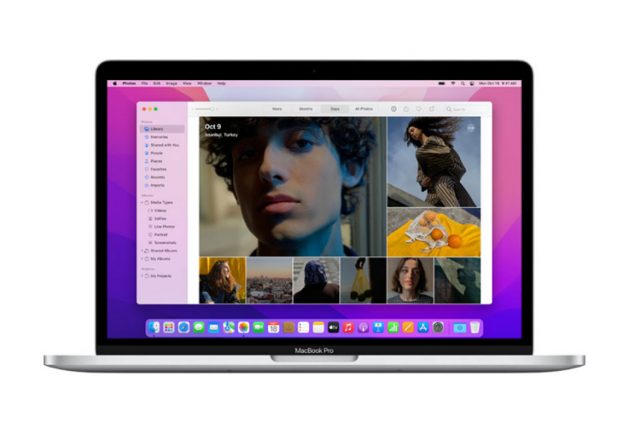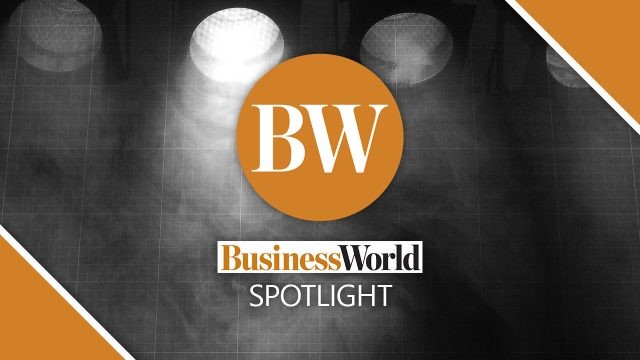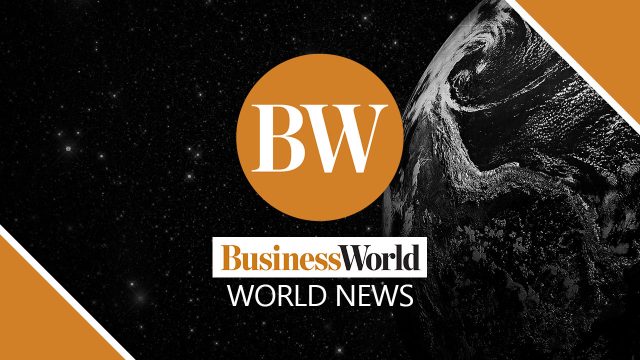A step closer to a Personal Property and Security Registry
Back in 2018, the Congress enacted Republic Act No. 11057, or the Personal Property Security Act (PPSA). The enactment of the PPSA is in line with the State’s policy “to promote economic activity by increasing least cost credit, particularly for micro, small, and medium enterprises (MSMEs), by establishing a unified and modern legal framework for securing obligations with personal property.”
As regards the scope of the PPSA, the said law is applicable to “all transactions of any form that secure an obligation with movable collateral,” with an exception only on interests in aircrafts and ships, which continue to be the subject of the Civil Aviation Authority Act of 2008 and the Ship Mortgage Decree of 1978, respectively. Simply put, the PPSA applies to all obligations which are secured with personal property.
A recent innovation under the PPSA is the establishment of an Electronic Registry (Registry). Under the law, this Registry shall “provide electronic means for the registration and searching of notices.” Notices are statements that relate to a security interest or lien, and may refer to an initial notice, an amendment notice or a termination notice. The agency tasked with the responsibility of establishing and administering the said Registry, including the responsibility of issuing guidelines on the use and management of the Registry, is the Land Registration Authority (LRA).
The Implementing Rules and Regulations (IRR) of the PPSA, which came into force in 2019, provides that the Registry shall be a repository of the following information, among others:
1. Initial notice of security interest and lien in personal property;
2. Amendment notice providing new information or continuing the period of effectiveness of an initial notice; and,
3. Termination notice.
Although the PPSA was signed into law three years ago, its implementation is subject to the condition that the Registry is already established and operational. Thus, unless and until the LRA declares that the Registry is already operational, the PPSA’s implementation is held in abeyance. This, however, does not mean that the general public should not look with anticipation on the eventual establishment of the Registry and the provisions of the PPSA coming into force.
The significance of the establishment of the Registry cannot be underestimated considering that under the PPSA, the registration of a notice with the Registry is one mode of perfecting a security interest. The other modes of perfecting a security interest are through possession of the collateral by the secured creditor and control of investment property and deposit account. More importantly, the PPSA provides that the priority of security interests and liens in the same collateral is determined according to the time of registration of a notice or perfection by other means, without regard to the order of creation of the security interests and liens.
Just this year, the LRA issued LRA Circular No. 11-2021, which provides for the “Implementing Guidelines on the Use of the Philippines Personal Property Security Registry (PPSR) for the Creation of User Accounts to Access the PPSR.”
Under LRA Circular No. 11-2021, the Registry, or the PPSR as it is referred therein, shall be accessible to LRA Clients online, or over the public internet. This becomes extremely convenient in light of the pandemic, which continues to affect the country and the rest of the world. LRA Circular No. 11-2021 specifically outlines the procedure in which LRA Clients can create their user accounts, which may be in the form of an Individual User Account or a Juridical Entity User Account.
Individual Users may create and register their Individual User Accounts online through the PPSR without requiring any further approval from the LRA. On the other hand, Juridical Entities, through their representative, may create and register their Juridical User Accounts either by Self-Service Online Mode, which is done through the PPSR, or by LRA-Assisted Offline Mode, which is facilitated by a designated LRA Officer. Juridical Entities that require multiple user accounts need to coordinate with the LRA on the creation of their Juridical Entity Account.
On July 26, 2021, the LRA issued LRA Circular No. 19-2021, which provides “Guidance on the Registration of Security Interests During the Transitional Period, as provided in the Personal Property Security Act.” LRA Circular No. 19-2021 acknowledges two fundamental things: first, that prior to the PPSA, the LRA has established the “Electronic Chattel Mortgage Registry” or “eCMR” as part of its Land Titling Computerization Program; and second, that during the PPSA’s “Transitional Period,” the registration of security agreements with the LRA shall continue to be in accordance to Section 4 of Act No. 1509 or the Chattel Mortgage Law.
Against this backdrop, LRA Circular No. 19-2021 provides for the following guidelines, to wit:
“1. The eCMR is still open for the registration of deeds and instruments affecting personal properties, until further notice of LRA, upon full operationalization of the PPSR; and,
2. The fees to be charged for the use of eCMR shall be based on existing eCMR Fees, which covers LRA Fees pursuant to LRA Circular No. 11-2002 dated Sept. 10, 2002, as well as IT Service Fees in accordance with the Build-Own-Operate Agreement between LRA and third-party provider Land Registration Systems, Inc. dated May 26, 2000.”
Thus, taking into consideration LRA Circular Nos. 11 and 19, it would seem that until the LRA declares that the PPSR is fully operational, individuals are still required to register security instruments involving personal properties using the eCMR, as was required even before the effectivity of the PPSA, and while the same is in its Transitional Period. And, until the LRA declares that the PPSR has become fully operational, it would seem that LRA clients are only limited to setting up their User Accounts on the PPSR. This, notwithstanding, LRA Circular No. 11 is still a welcome development as it signals that the LRA is much closer to completing the PPSR.
This article is for informational and educational purposes only. It is not offered as and does not constitute legal advice or legal opinion.
Therese Marie P. Amor is an associate of the Cebu branch of the Angara Abello Concepcion Regala & Cruz Law Offices (ACCRALAW).

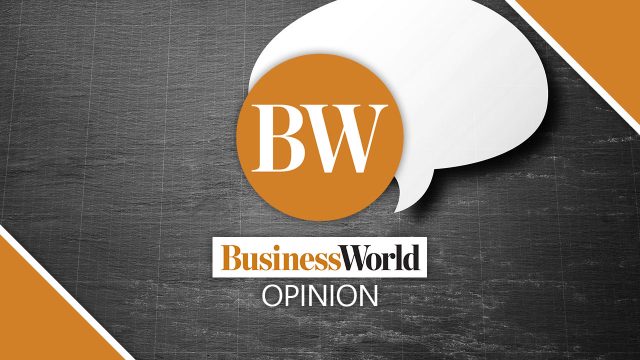
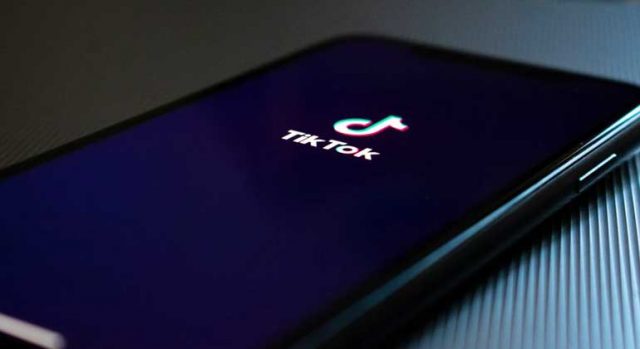



 Climathon Pasig 2021 Ideathon
Climathon Pasig 2021 Ideathon

